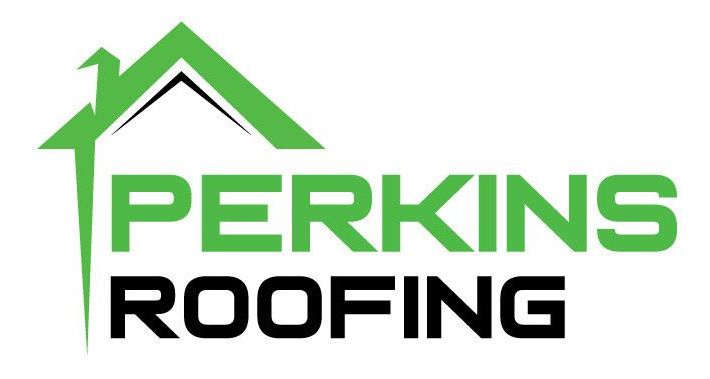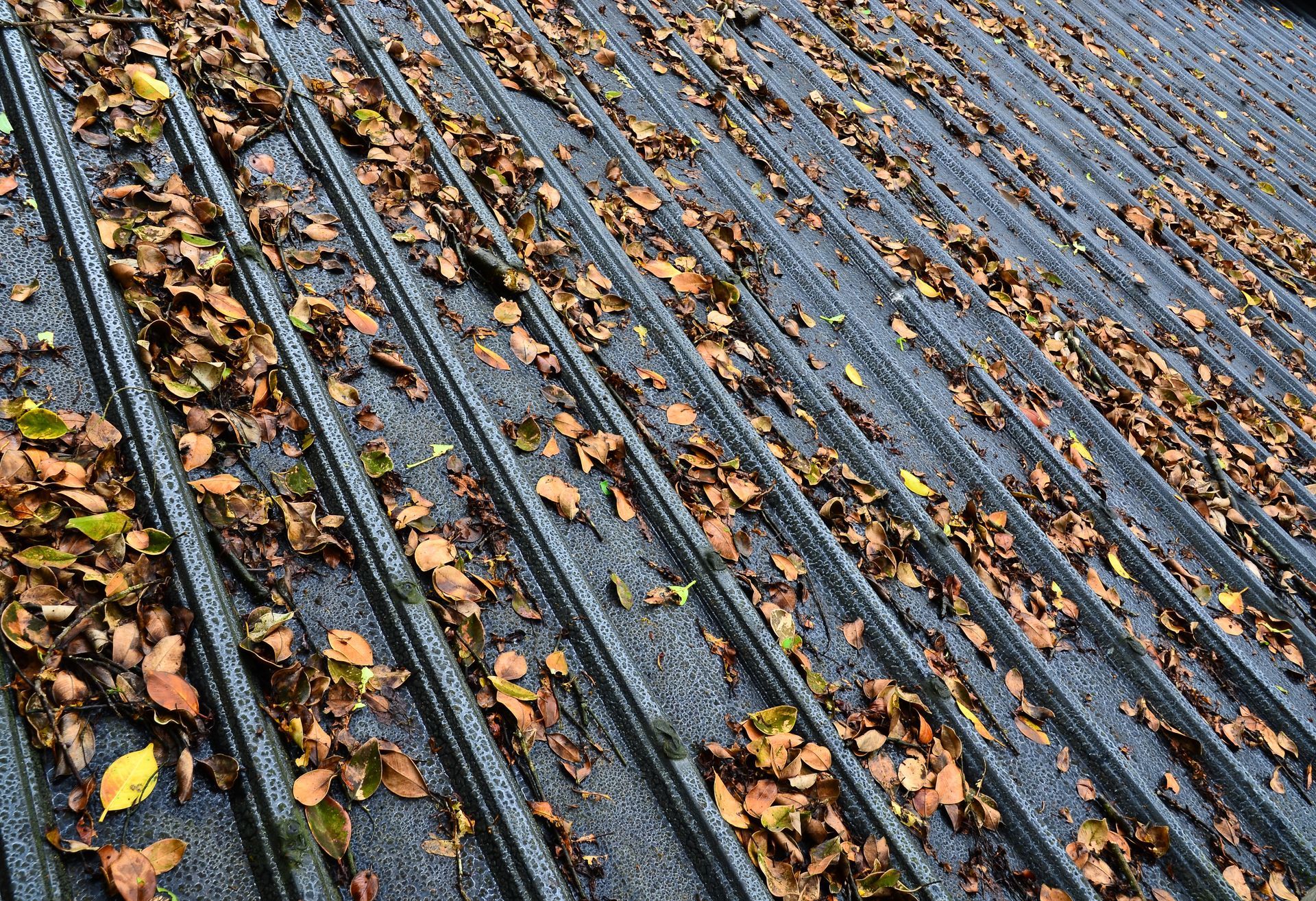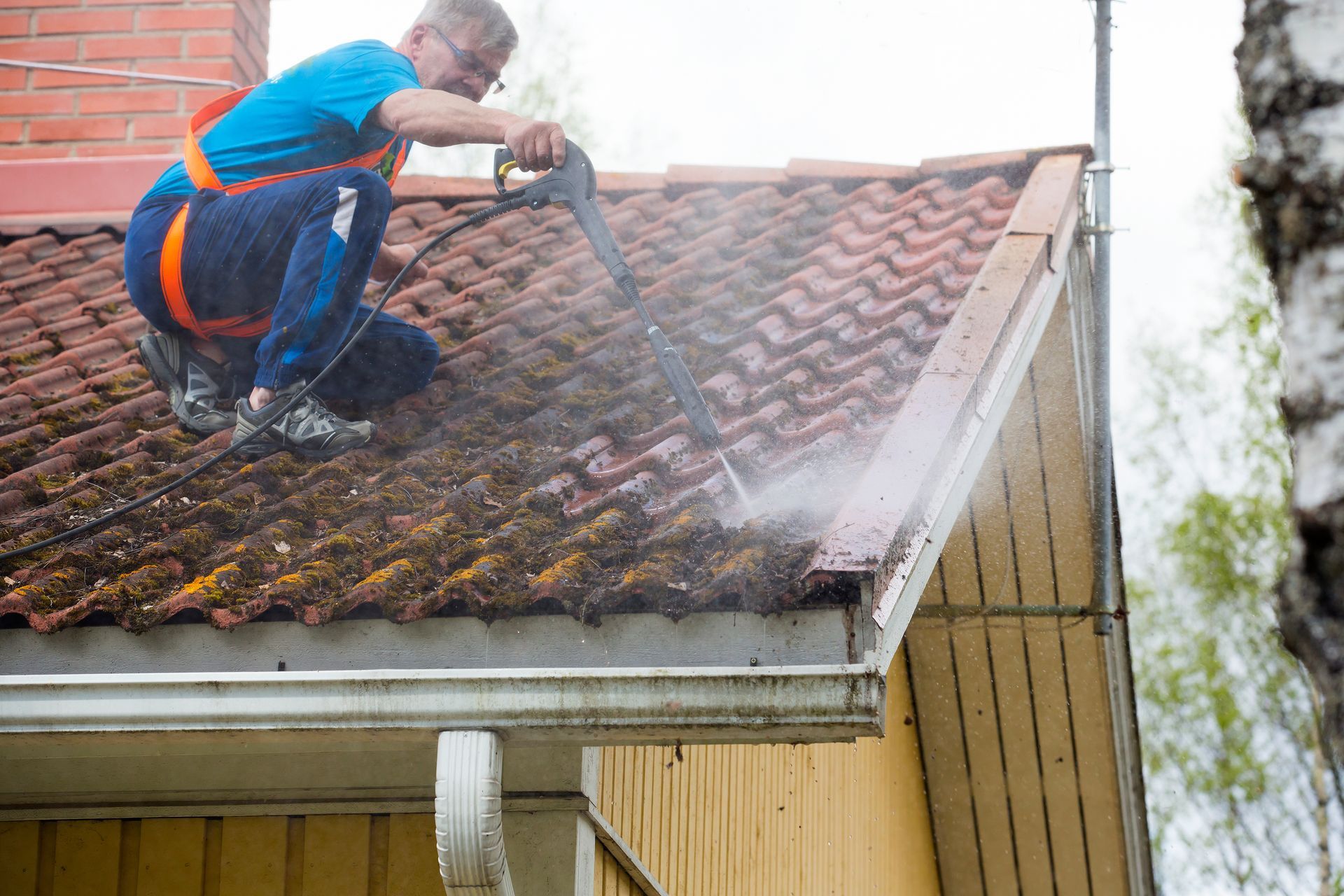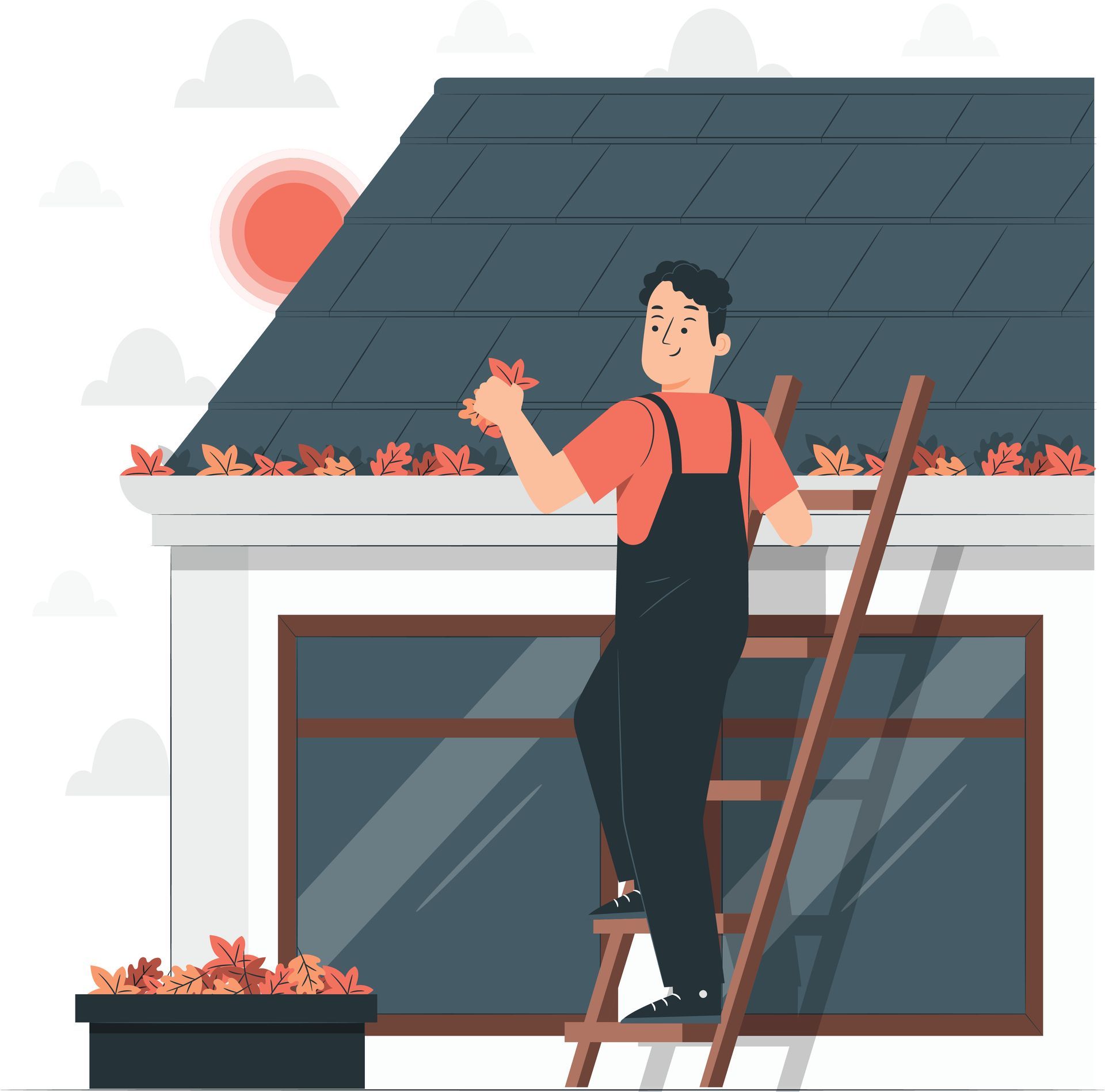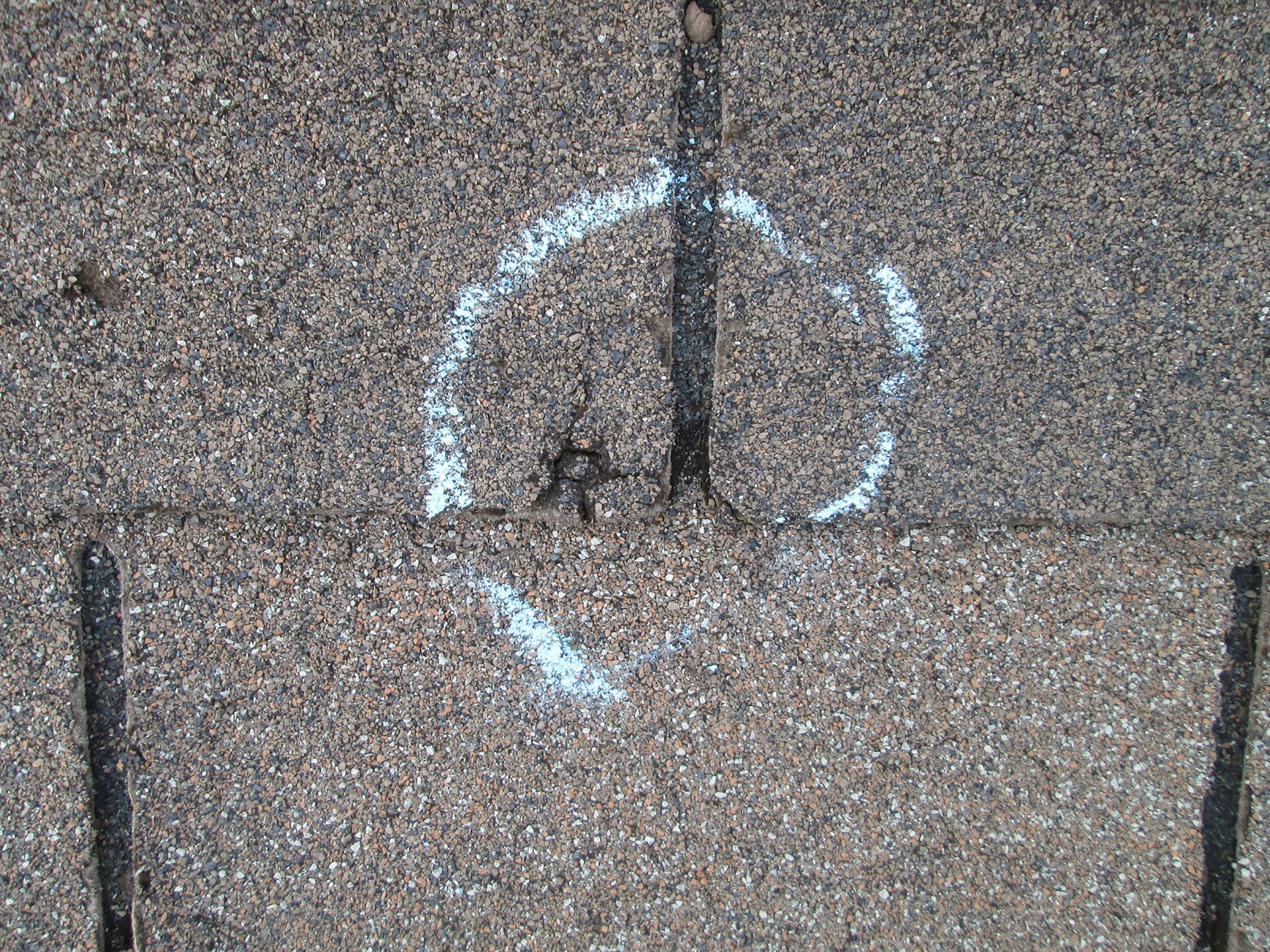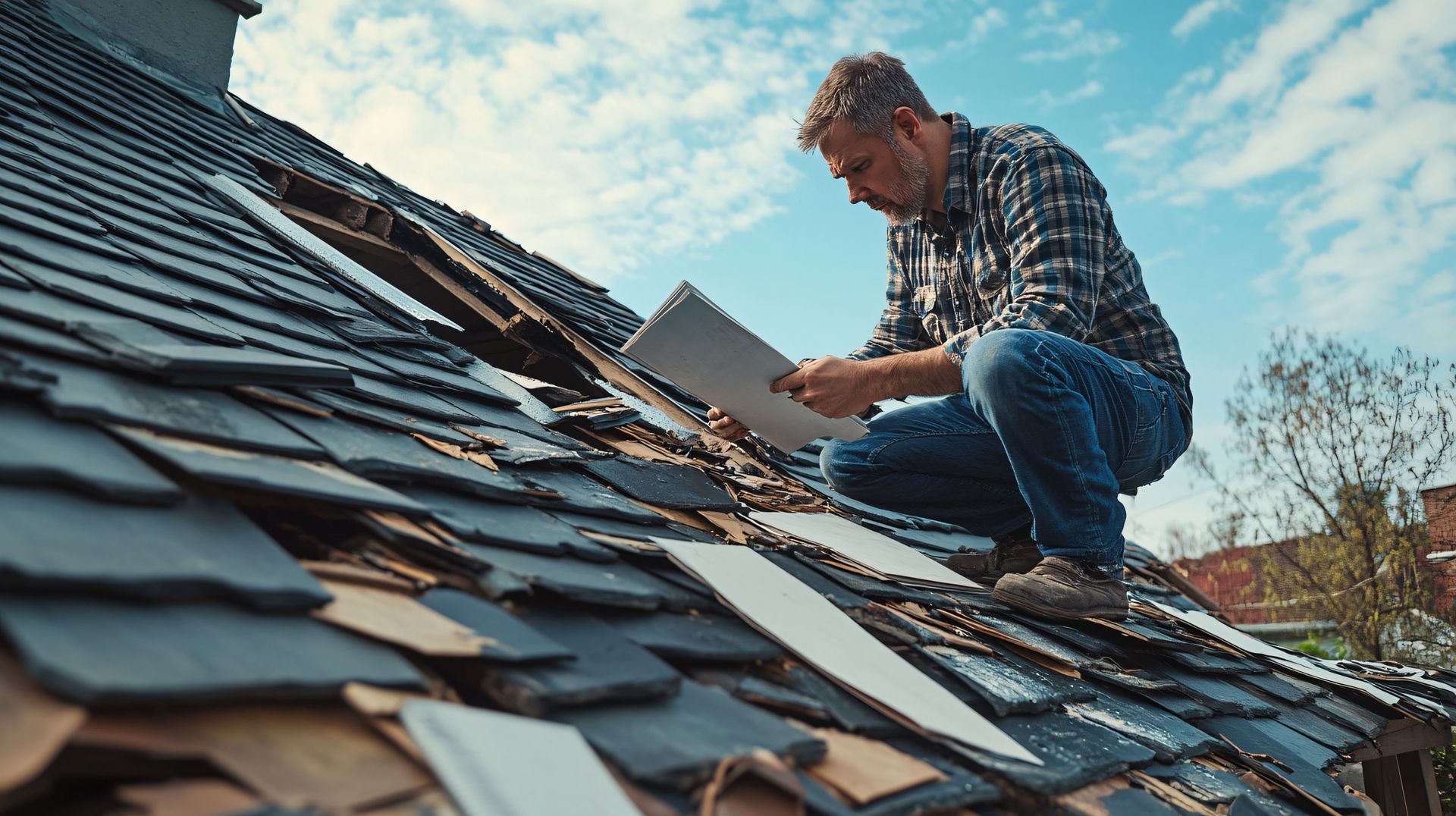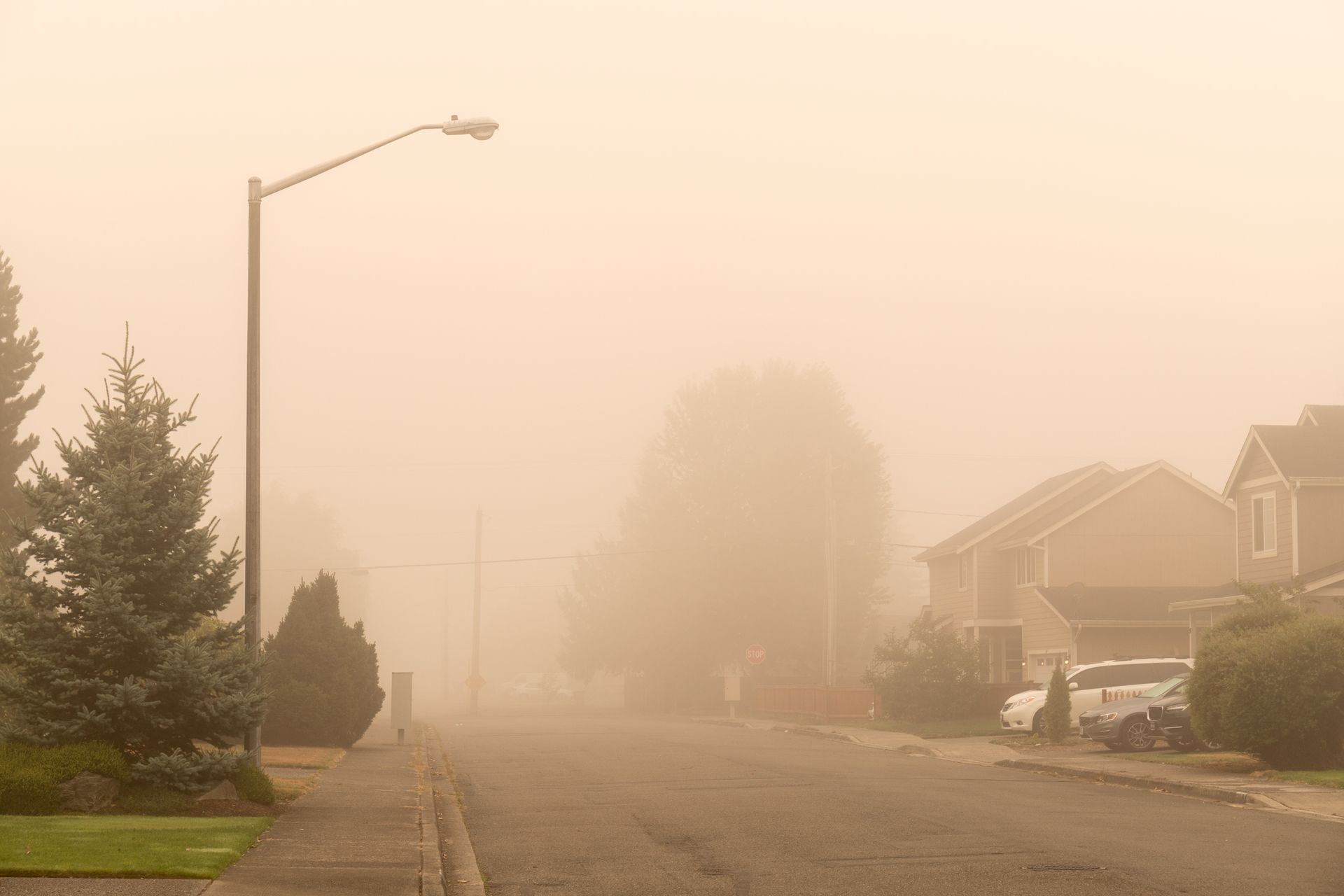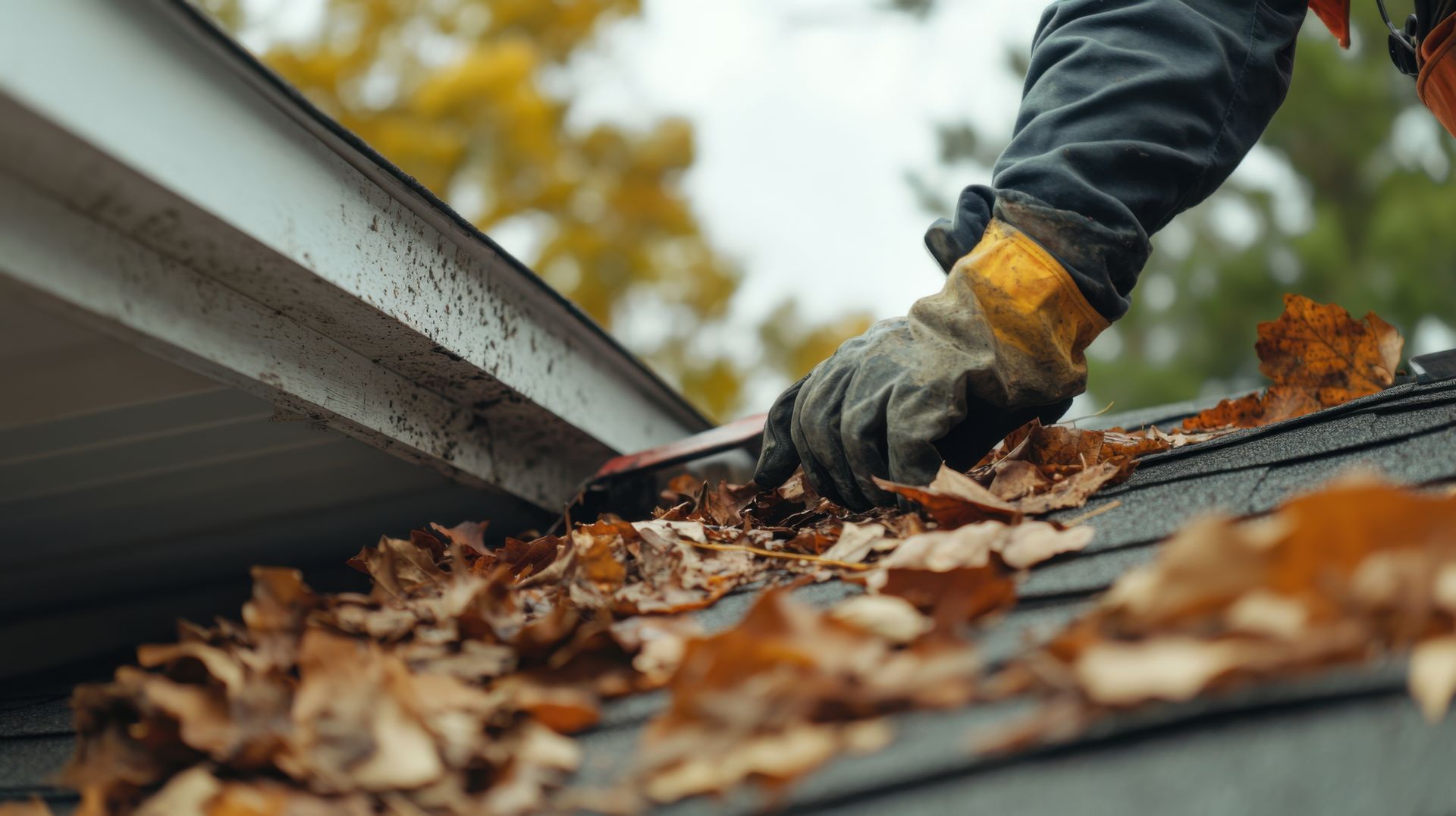What Homeowners Need to Know About Roof Flashing Maintenance

Roof flashing is a crucial yet often overlooked component of a roofing system. Designed to redirect water away from roof penetrations and vulnerable areas like valleys, chimneys, skylights and vents, flashing acts as a barrier that prevents leaks and water damage. Proper maintenance of roof flashing and replacement of damaged or worn flashing can extend the life of your roof and protect your home from costly water damage.
The Importance of Roof Flashing
Flashing serves as the first line of defense against water infiltration. It is typically made from materials like galvanized steel, aluminum or copper, chosen for their durability and resistance to corrosion.
When installed correctly, flashing ensures that water flows off the roof instead of seeping into joints and crevices where it can cause rot, mold or structural damage.
The Role of Flashing in Extreme Weather
In areas like The Woodlands, where heavy rain and occasional storms are common, roof flashing plays a critical role in protecting your home. High winds can loosen flashing, while persistent rainfall can expose weaknesses in improperly installed or aging materials.
Regular inspections after severe weather events are essential to ensure that flashing remains intact and effective. Addressing any flashing damage promptly can prevent water from seeping into vulnerable areas, saving you from costly repairs and safeguarding the structural integrity of your roof.
Common Types of Roof Flashing
- Step Flashing: Installed where the roof meets a vertical wall, step flashing overlaps to create a watertight seal.
- Valley Flashing: Used in roof valleys to channel water down and away from the roof.
- Chimney Flashing: Surrounds chimneys to prevent water from entering where the chimney meets the roof.
- Vent Pipe Flashing: Seals around vent pipes to block water from seeping into the roof.
Signs Your Roof Flashing Needs Attention
Roof flashing, like any part of a roofing system, is vulnerable to wear and tear. Some common indicators that flashing should be replaced include:
- Visible Rust or Corrosion: Flashing made of metal can degrade over time, especially in areas with high humidity or salty air.
- Cracks or Holes: Small gaps in the flashing can lead to significant water damage if left unaddressed.
- Loose or Missing Flashing: Severe weather or improper installation can lead to dislodged flashing, leaving parts of your roof exposed.
- Water Stains Inside the Home: Leaks around skylights, chimneys or walls can indicate flashing issues.
How Roofers Inspect Flashing
While inspecting roof flashing is best left to professionals, it’s helpful to know what roofers look for during an assessment:
- Physical Condition: Roofers check for rust, dents or missing sections of flashing.
- Sealant Integrity: Flashing often relies on caulk or sealant to provide an additional layer of protection. Cracked or deteriorated sealant can compromise its effectiveness.
- Proper Overlap and Placement: Flashing should overlap correctly to ensure water flows away from penetrations and into gutters.
- Attachment Points: Roofers ensure that flashing is securely fastened and that nails or screws have not come loose.
Maintenance Tips to Prolong Flashing Life
While homeowners should avoid DIY repairs, there are proactive steps you can take to maintain your roof flashing:
- Schedule Regular Inspections: Arrange for a professional roofer to inspect your roof, including the flashing, at least once a year or after severe weather.
- Keep the Roof Clean: Remove debris like leaves and branches that can trap moisture and accelerate flashing deterioration.
- Trim Overhanging Branches: Trimming back trees away from your roof can prevent tree limbs from scratching or dislodging flashing during storms.
- Address Issues Promptly: If you notice any leaks, contact a roofing professional immediately to prevent further damage.
Why Choose Perkins Roofing for Flashing Maintenance?
Perkins Roofing has years of experience providing high-quality roofing services, including flashing maintenance and repairs. Our team of experts has experience installing and repairing all types of flashing and can help ensure your roof remains watertight and secure. We use durable materials and proven techniques to extend the lifespan of your roof and protect your home from water damage.
Safeguard Your Roof in The Woodlands
Don’t wait for a small flashing issue to become a major problem. Call Perkins Roofing at (832) 702-0201 or contact us on our website to schedule a free inspection.

